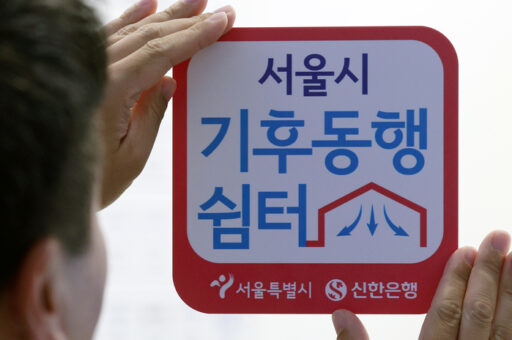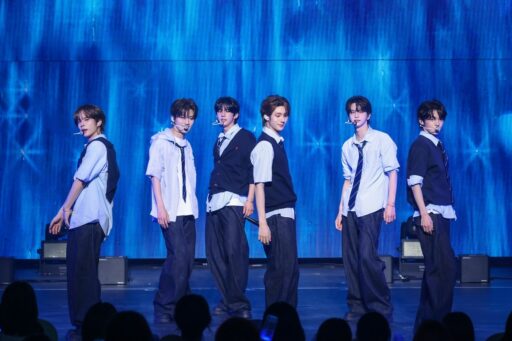Amid record-breaking heat, banks are opening their branches as "cooling centers" to help citizens escape the heat. However, as mobile banking transactions have become mainstream, the number of bank branches has been steadily decreasing, leading to a simultaneous reduction in places for relief during the hot summer months.
According to the "Current Status of Bank Branches" report released by the Korea Federation of Banks on the 12th, the number of bank branches in the country was recorded at 5,535 as of the end of the first quarter of 2024. This represents a reduction of about 200 branches compared to 5,710 branches at the end of the first quarter of last year.

Looking at a longer-term trend, data from the Financial Supervisory Service shows that the number of bank branches, which was 6,771 in 2018, had significantly decreased to 5,754 by the end of 2023, and the downward trend is expected to continue.
**Decrease in Offline Bank Branches Due to Digital Transformation**
The primary reason for the decline in offline bank branches is the digitalization of banking services and the increase in non-face-to-face transactions.
In particular, the COVID-19 pandemic accelerated the closure of branches for cost-cutting and workforce restructuring. Concerns have been raised that as the number of bank branches that temporarily provided refuge during the summer decreases annually, citizens may face increasing difficulties during heatwaves.

In 2018, the National Assembly requested financial authorities to "increase the number of cooling centers as part of social contribution activities" and urged banks and local governments to actively operate them.
At that time, only about 310 branches operated as cooling centers, but this number has since expanded to over 6,000 branches nationwide. Since then, banks have maintained a policy of opening branches across the country every summer during heatwaves.
**Continuation of Cooling Center Operations This Year**
This year, the five major banks (Kookmin, Shinhan, Hana, Woori, and NongHyup) signed a business agreement with the Ministry of the Interior and Safety to promote the use of cooling centers, agreeing to open their nationwide branches as cooling centers until September 30.
NH NongHyup Bank and IBK Industrial Bank have also announced plans to operate their nationwide branches as cooling centers.
Meanwhile, on the 8th, the highest daytime temperature in Seoul approached 37.8 degrees Celsius, marking the highest temperature recorded for early July (1-10 days) since weather observations began in 1907.


